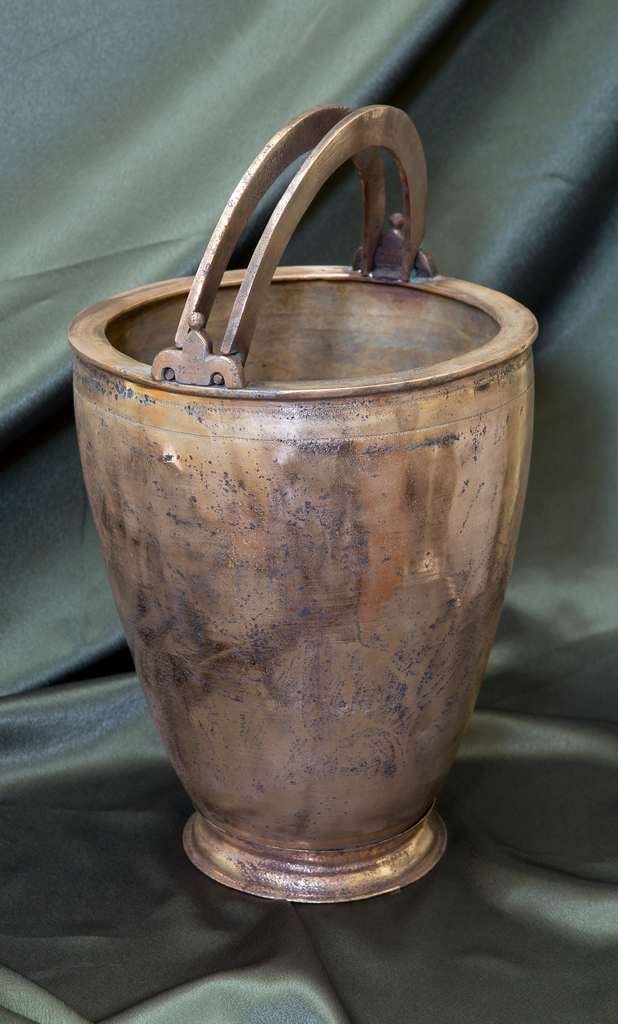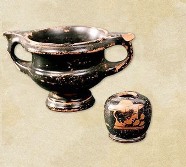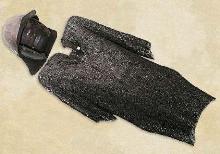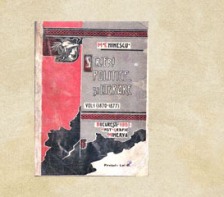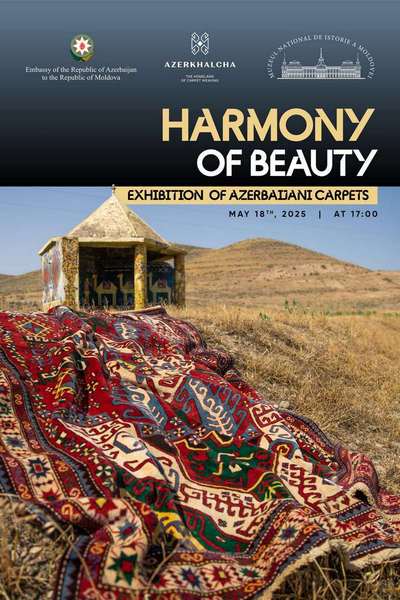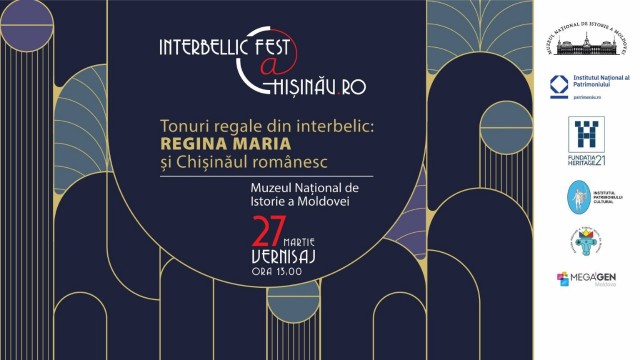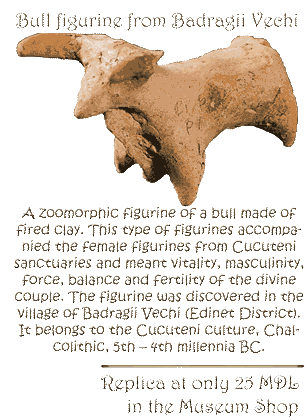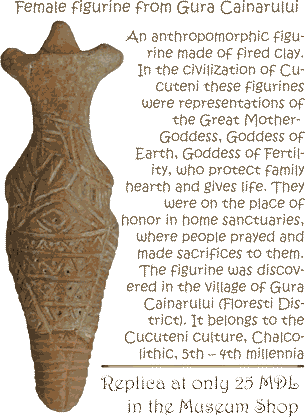 The Moldpres State News Agency is a self-managed news agency, founded under the decision by the Supreme Soviet of the Moldovan Soviet Socialist Republic (MSSR) No 122-XII from 20 June 1990, following the liquidation of the ATEM Moldovan Telegraphic News Agency.
The Moldpres State News Agency is a self-managed news agency, founded under the decision by the Supreme Soviet of the Moldovan Soviet Socialist Republic (MSSR) No 122-XII from 20 June 1990, following the liquidation of the ATEM Moldovan Telegraphic News Agency.
The history of the present Moldpres State News Agency started back in the 1940 year, when the Moldtag Moldovan Telegraphic Agency was set up, based on a decision by the Council of People's Commissars of MSSR.
In 1990, when the process of national revival started, the Supreme Soviet of MSSR (presently the Parliament of Moldova) on 20 June issued the decision No 122-XII, thereby ruling to liquidate the Moldovan Telegraphic News Agency. The decision was signed by the then president of the Supreme Soviet of MSSR of that time, Mircea Snegur.
Following the liquidation of ATEM, the authorities in the same year founded the Moldova-pres National News Agency, subordinated to the parliament. Immediately after the creation, the Moldova-pres National News Agency established the first collaboration relations with the Rompres National News Agency (Romania), presently Agerpres.
In 1994, the Agency switched under the government's subordination and became the editor of the Official Journal (Monitorul Oficial) of Moldova. Subsequently, structural changes came about, aimed at optimizing the managerial activity and its renaming into Moldpres - a modern mass media structure with three main directions of work: spread of information of wide interest to the public, editing of the Official Journal and the photo-report.
In 1996, the Moldpres Agency became state enterprise, carrying out its activity in self-financing regime and afterwards in 2018 it was reorganized through its transformation into Public Institution.
The opening of the exhibition will take place on June 20, at 17:00, in the upstairs hall of the National Museum of History of Moldova, 31 August 1989 street, 121A.




